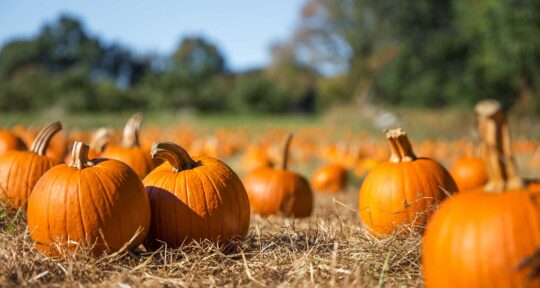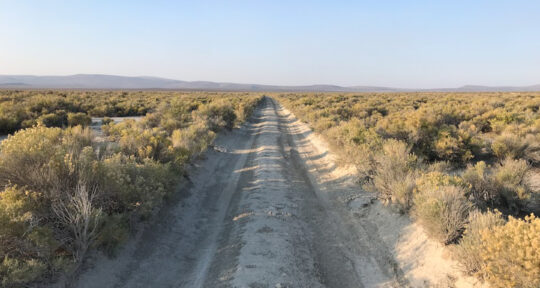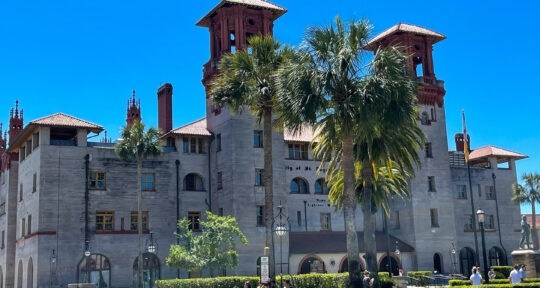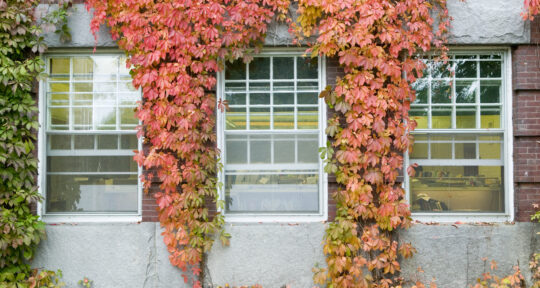Like many Chicagoans, I tend to mindlessly fly over or drive through the vast, sparsely populated regions of central Illinois south of the city. But today, after hurtling by seemingly endless fields of corn stalks, wheat, and soybeans, I exit the interstate and enter Morton, a small town of 16,000.
Libby’s hulking pumpkin processing plant looms in the background. Blocks away, on Main Street, flagpole banners identify Morton as the “Pumpkin Capital of the World.” This is no idle civic boast: Acre upon acre of countryside on the outskirts of town is dotted with orange orbs. Pumpkin farms both large and small radiate 75 miles or so in all directions from Morton.
If you’ve ever feasted on pumpkin pie, placed a pumpkin on your porch, or carved a jack-o’-lantern, the pumpkin most likely grew here. For a flat state not always celebrated for its natural beauty, a large swath of the Land of Lincoln is a pumpkin-lover’s paradise. Illinois produces twice as many pumpkins as the next leading state, California—the state’s unique soil, shaped by geologic eons, is ideal for growing the squash.
Morton is the buckle of the Pumpkin Belt. Nearly 95 percent of all processed pumpkins are produced in Illinois thanks to Libby’s plant as well as the Seneca Foods plant in nearby Princeville.
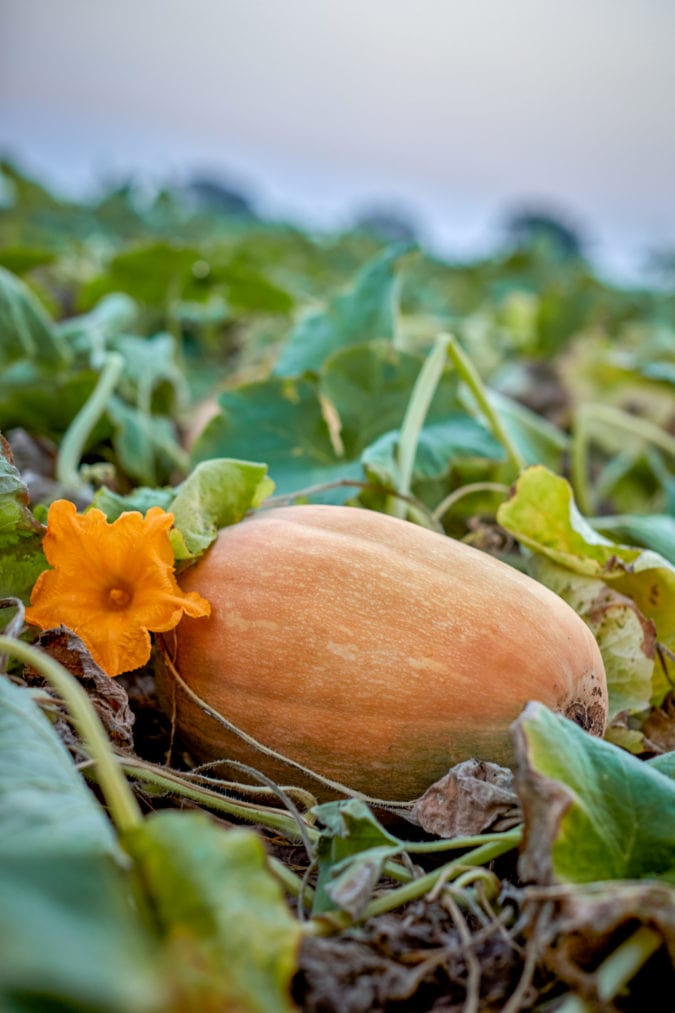
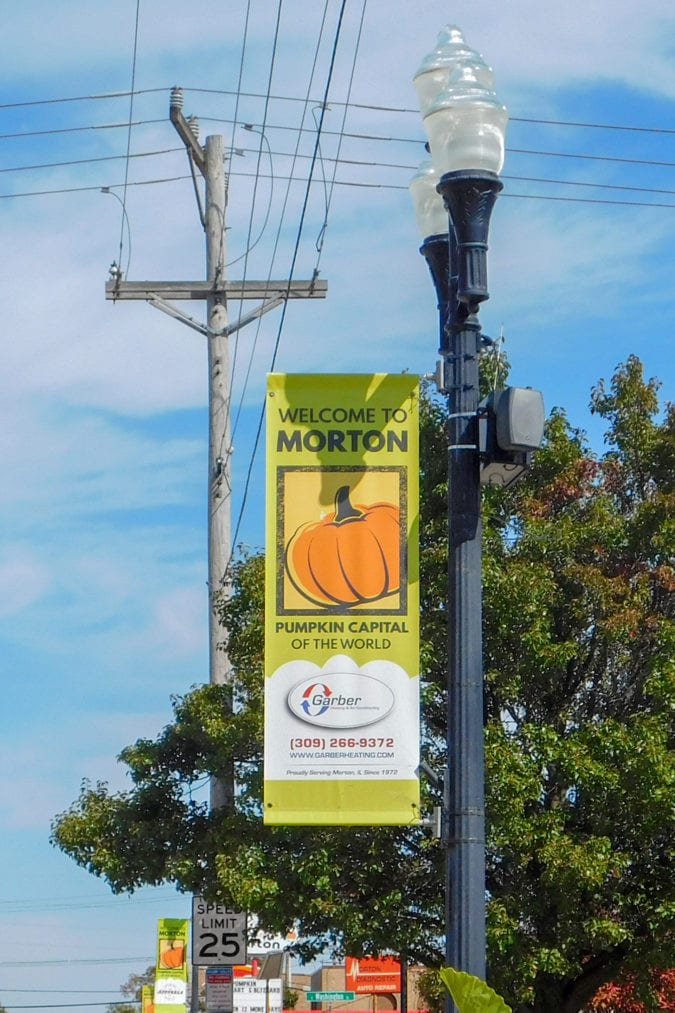
Pumpkins in Princeville
Just north of Morton, off a dusty gravel side road in Princeville, Joe House runs a small 7-acre farm where he grows 280 varieties of pumpkin. Clumped on shelves in two semi-dark sheds are exotica such as warty Knuckleheads, black-striped Kakais, and green-striped Lady Godivas. One row of pumpkins flashes green, yellow, blue, and white shades.
“We’ve got every color under the sun,” says House, a retired high school agricultural teacher.
House sports a bushy gray mustache and plain gray cap, but the origin story of The Pumpkin Place is colorful. Eighteen years ago, House grew and carved a few pumpkins for his daughter’s birthday. “I had more than I needed,” he says. “So I put them out with a tin can, and people put money [in the cup].”
He’s meticulous about his crop. He shows me a pumpkin with an inch-long indent made by a squash bug. He won’t sell it. “Bacteria gets in,” he says. “It rots from the inside. By Thanksgiving the pumpkin will be mush.”
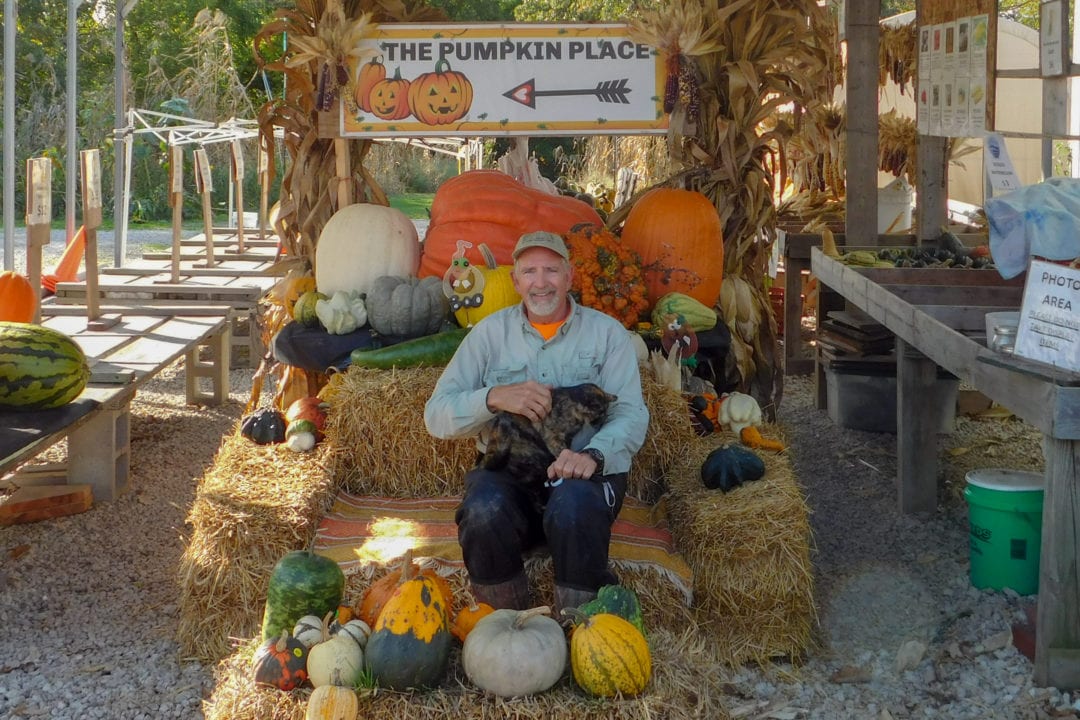
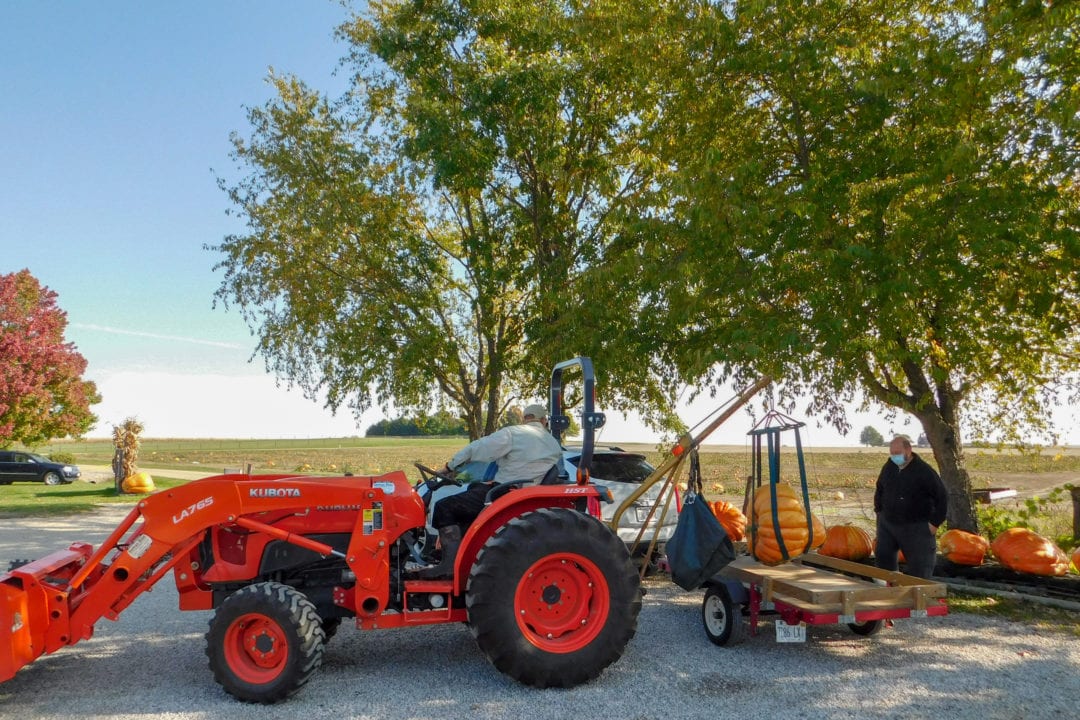
A pickup truck rumbles into his lot, and House jumps up from his chair. “They were here yesterday. They’re back for their giant,” he says, before hoisting a 300-pound pumpkin into the customer’s trailer.
In a good year House says he grows 50 large pumpkins. For four consecutive years he won the “Big Honkin’ Pumpkin” contest at the Morton Pumpkin Festival—once with a 995-pound behemoth.
House grows ornamental pumpkins, not processing ones. The latter are oval and pale orange; they’re meatier inside and more palatable. Carving pumpkins are bright orange and round.
Each year his flow of customers grows. “Fall decorating increases and increases,” House says. “Seems like Thanksgiving is forgotten, and Halloween is so big.”
He says this September was “crazy” because of the pandemic. “Everybody wanted to get out of the house,” House says.
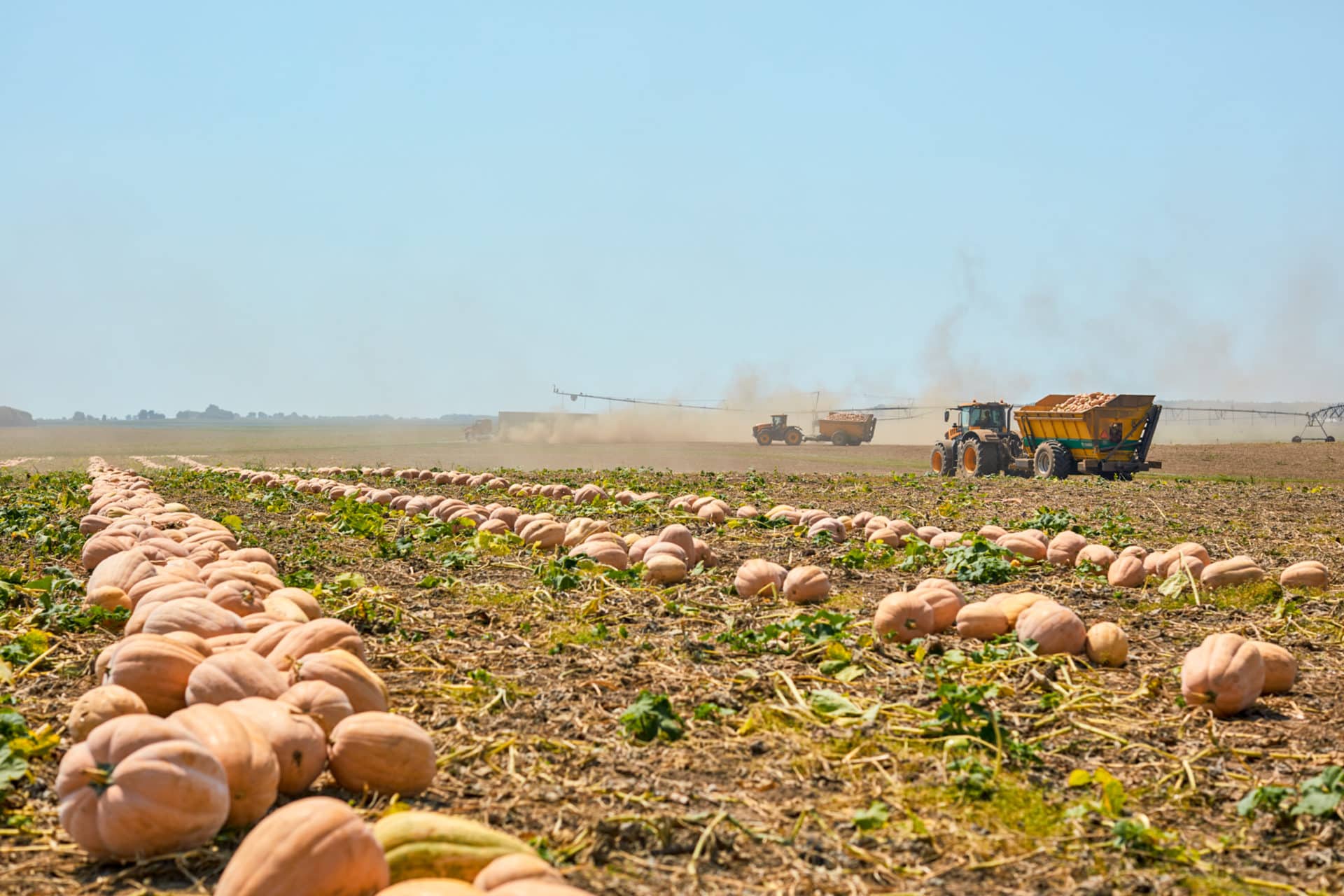
90 million pies
Morton is a typically low-key Midwestern town. People feel safe. They know and trust their neighbors. On the day I visit, dozens of unlocked bikes lay sprawled on a patch of green next to a school during the school day.
The primacy of pumpkins here flavors the town’s routes and routines. Downtown Morton features a pumpkin-themed playground. On one brief stretch of Main Street, you’ll find a Dairy Queen selling pumpkin pie Blizzards, a liquor store with Schlafly Pumpkin Ale, and Lu Lu’s retail shop packed with pumpkin-related candles, home décor, and T-shirts.
Wearing a mask depicting a pumpkin, Lu Lu’s owner Carol Davis says she “loves pumpkins” and so do most residents. “Pumpkins have done a lot for this town,” she says. “It’s ingrained in people here. It’s just a part of growing up.”
To a degree, Libby’s (owned by Nestle) has been the town’s economic lifeblood—colored orange, not red—since the 1920s. Scientifically rotating its crop among farms, Libby’s contracts with area farmers for its annual harvest. It takes 120 days from planting in spring to the harvest that starts in late July and ends in late November. Pumpkins are picked, washed, chopped, processed, and canned all in the same day. In a good year, the plant processes enough pumpkins to make 90 million 8-inch pies.
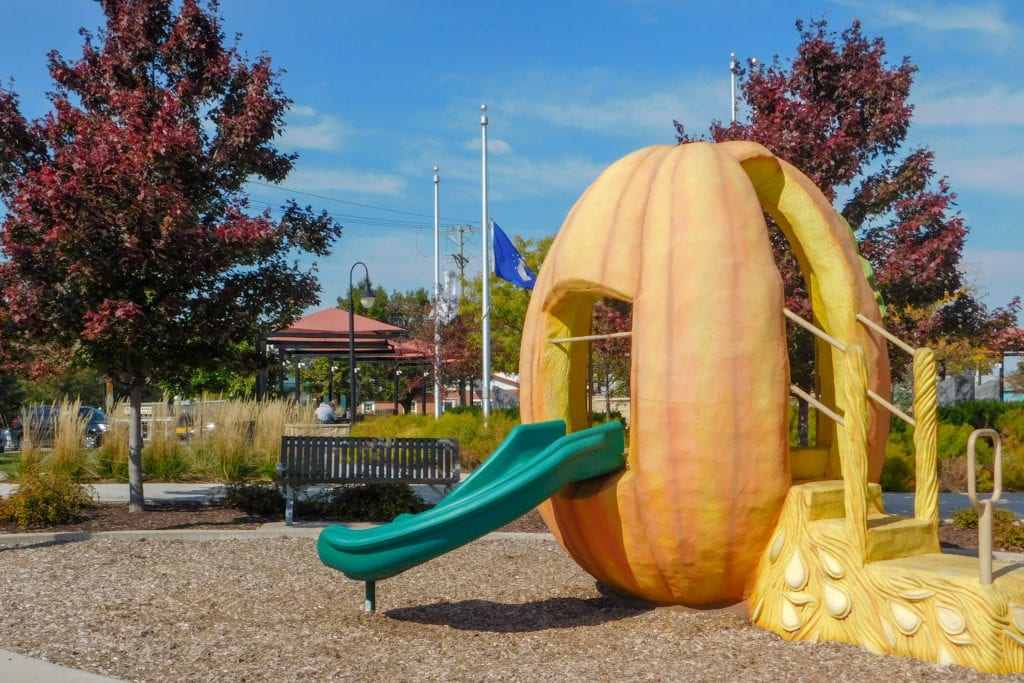
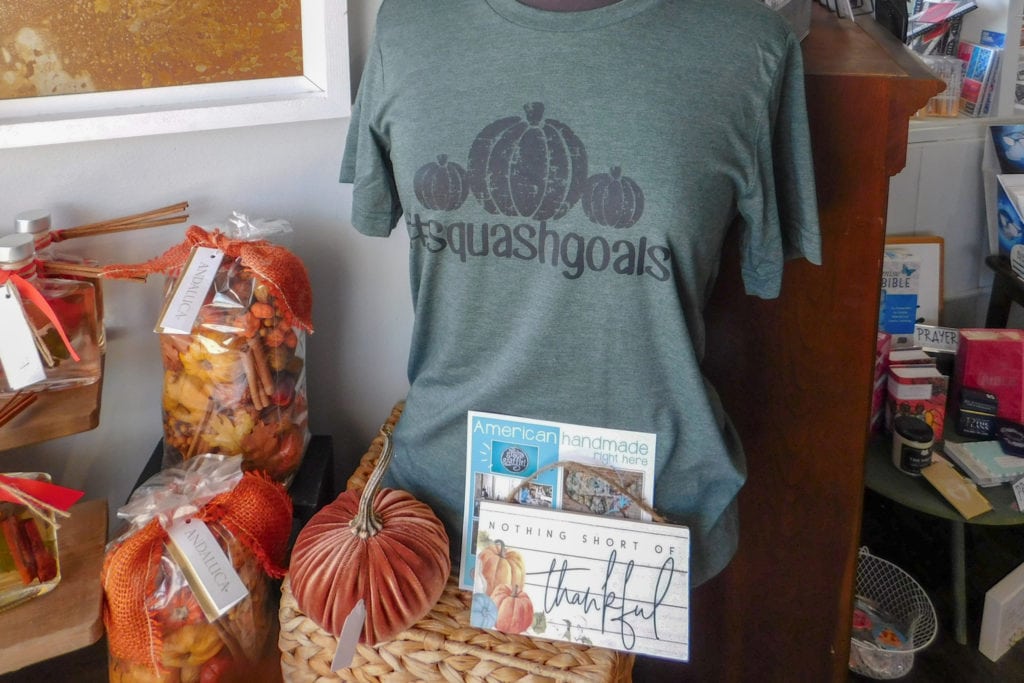
The four-day Pumpkin Festival in September, which usually draws 75,000 people, has celebrated all things pumpkin since 1967. Pumpkins are weighed, raced, decorated, paraded, carved, and, of course, cooked. Fairgoers enjoy pumpkin-flavored cookies, pancakes, chili, and pasta salad. They also delight in the wacky Punkin Chuckin’ Contest. One year, brainy engineering students at the University of Illinois built a contraption that shot a 10-pound pumpkin nearly a mile, smashing the world record as well as the pumpkin.
Near the fairgrounds downtown, The Confectionary bakery whips up pumpkin bars and cookies year-round. Pumpkin pie is a staple in the fall. “People get that fall feeling and want it,” says co-owner Travis Langenbach. He’s a little embarrassed to admit it, but he’s “not a big fan of pumpkin pie. I prefer the pumpkin bars,” he says.
Home on the farm
My last stop is Ackerman Family Farms, a popular destination on the outskirts of Morton. My genial host, John Ackerman, wears an orange shirt lettered on the back with “Farmer John.” Overseeing 30 acres of pumpkins, he lives, breathes, and, most assuredly, eats pumpkins. “The other day my wife [Eve] made pumpkin soup,” Ackerman says. “Delicious. And there was something so comforting about it.”
Pumpkins, indeed, are his life. “I’m a complete pumpkin geek,” he says. “I’m a professor of pumpkinology.” So it goes in Morton: “Cut someone from Morton and orange pours out,” Ackerman adds.
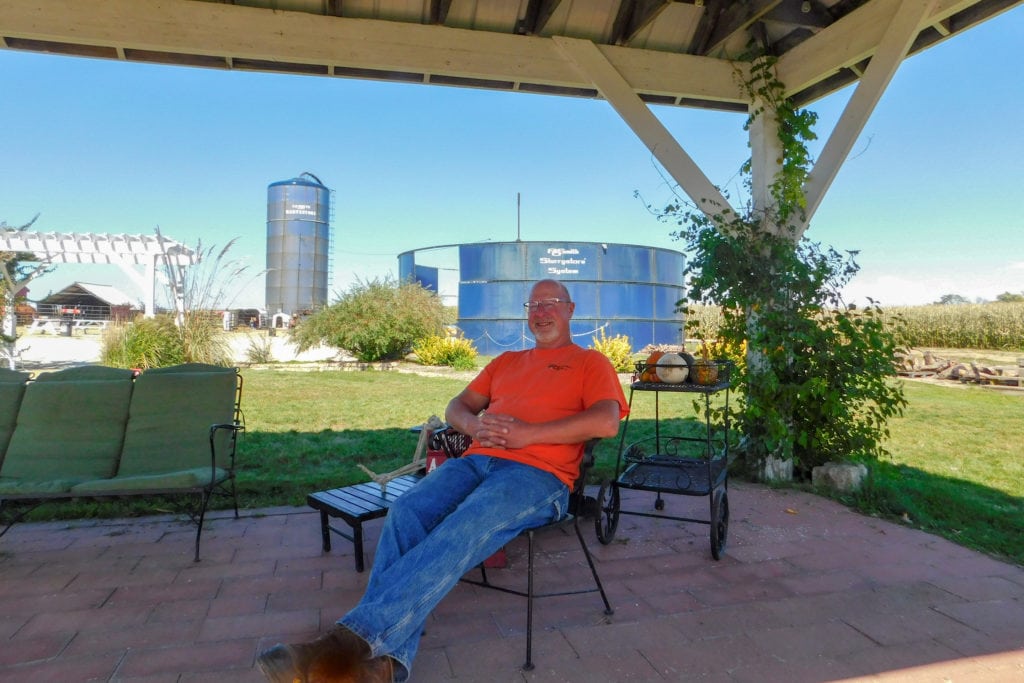
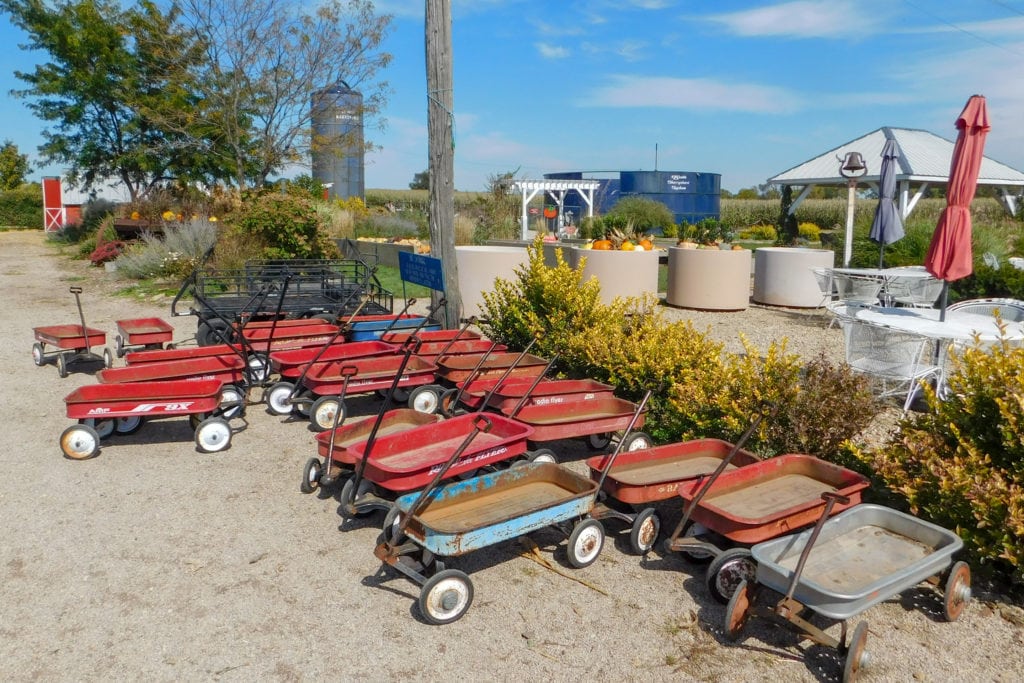
Pumpkins were a panacea for Ackerman, a fourth-generation farmer. His great-grandfather loaded thousands of silver dollars into his wagon and rode to town to buy the farm more than 100 years ago, according to family lore. The cow and pig farm endured the Great Depression, and his father survived fighting in Europe and the horror of liberating concentration camps. But the farm could not survive the agricultural crisis of the 1980s.
Ackerman sold life insurance. He tried growing and selling flowers. Then Libby’s came calling in 1998 with a contract, and later a stroke of luck turned him into an ornamental pumpkin farmer. He placed some ruined pumpkins in a pickup as a yard decoration. Drivers stopped and asked, “Are those for sale?” Ackerman didn’t hesitate. “You bet they are,” he told them.
“Cut someone from Morton and orange pours out.”
John Ackerman
His 30 acres sometimes yield as many as 30,000 pumpkins scattered among 160 varieties. “I buy seeds from every continent except Antarctica,” Ackerman says.
A dirt-beneath-fingernails farmer through and through, Ackerman thoroughly understands the loess soil in Illinois. The retreating glaciers left a dark soil, which was blown by the wind and eventually overgrown with prairie grass. Over many thousands of years the peculiar organic mix resulted in “incredibly rich soil. Anything can grow in Illinois,” according to Ackerman. The growing season is too short north, and the south has too much humidity. But the heart of the state is perfect for pumpkins.
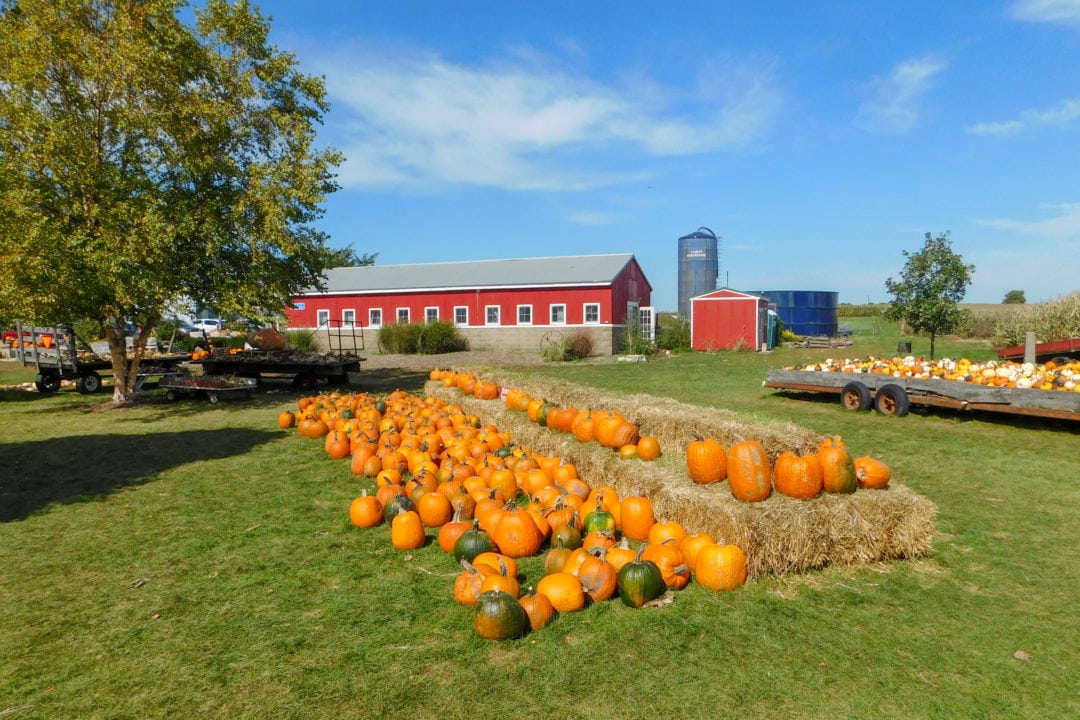
Safe haven
Ackerman enjoys interacting with customers, hearing their stories, answering questions—and joshing with them as well. He tells a group about to enter his elaborate corn maze: “You have to be out by November 1, or I’ll harvest you.”
He understands what farms mean to most people. On September 11, 2001, no one visited. The next day was a stampede. “People wanted to get away from the TV and news,” Ackerman says. “They wanted to be on a farm, a place that represents a safe haven.”
In spite—or maybe partly because—of the COVID-19 pandemic, people still come in droves. “Most people have some connection to a farm,” Ackerman says. “Each generation it’s more removed. But there’s something for everyone here—whether you’re a nature lover or animal lover. There’s something magical about agriculture.”

